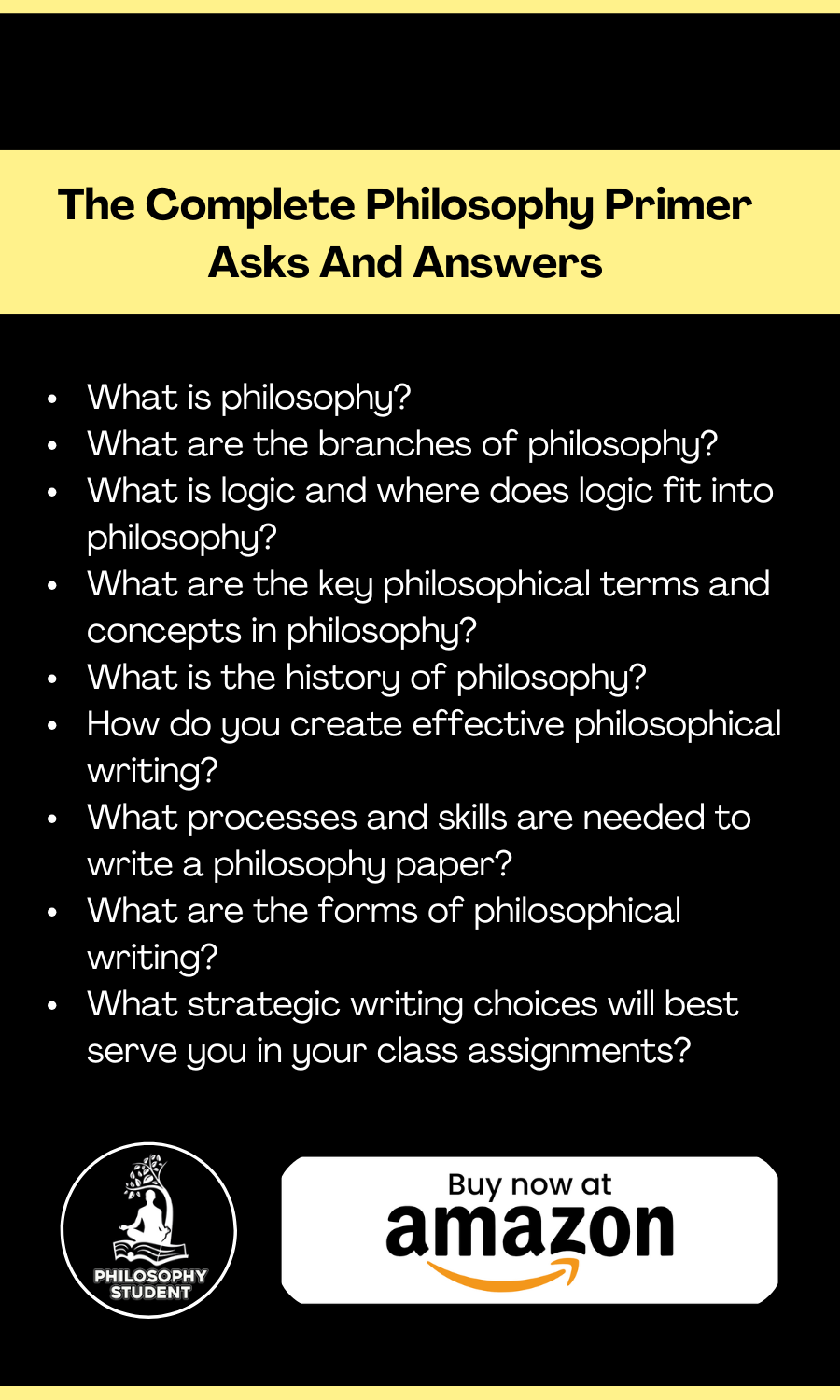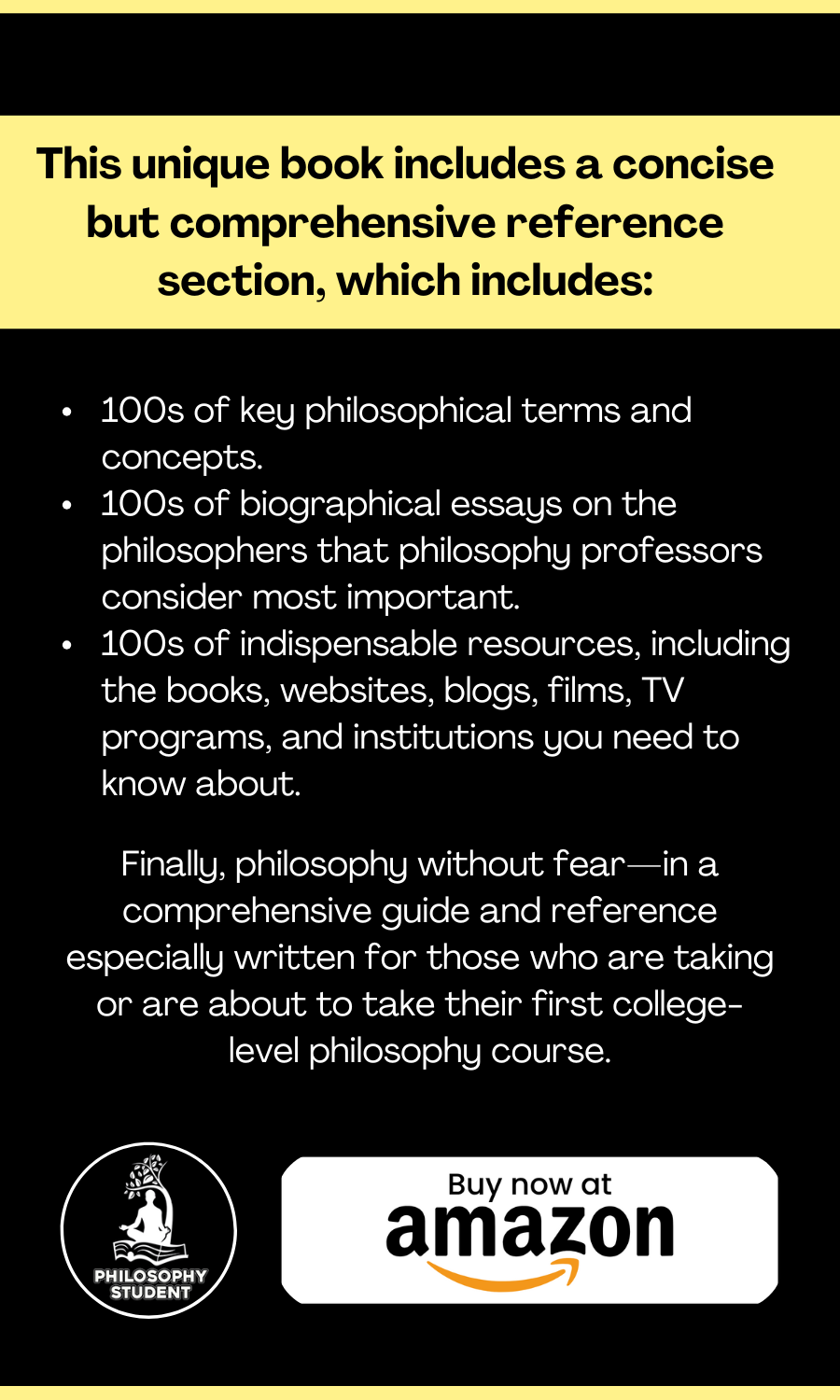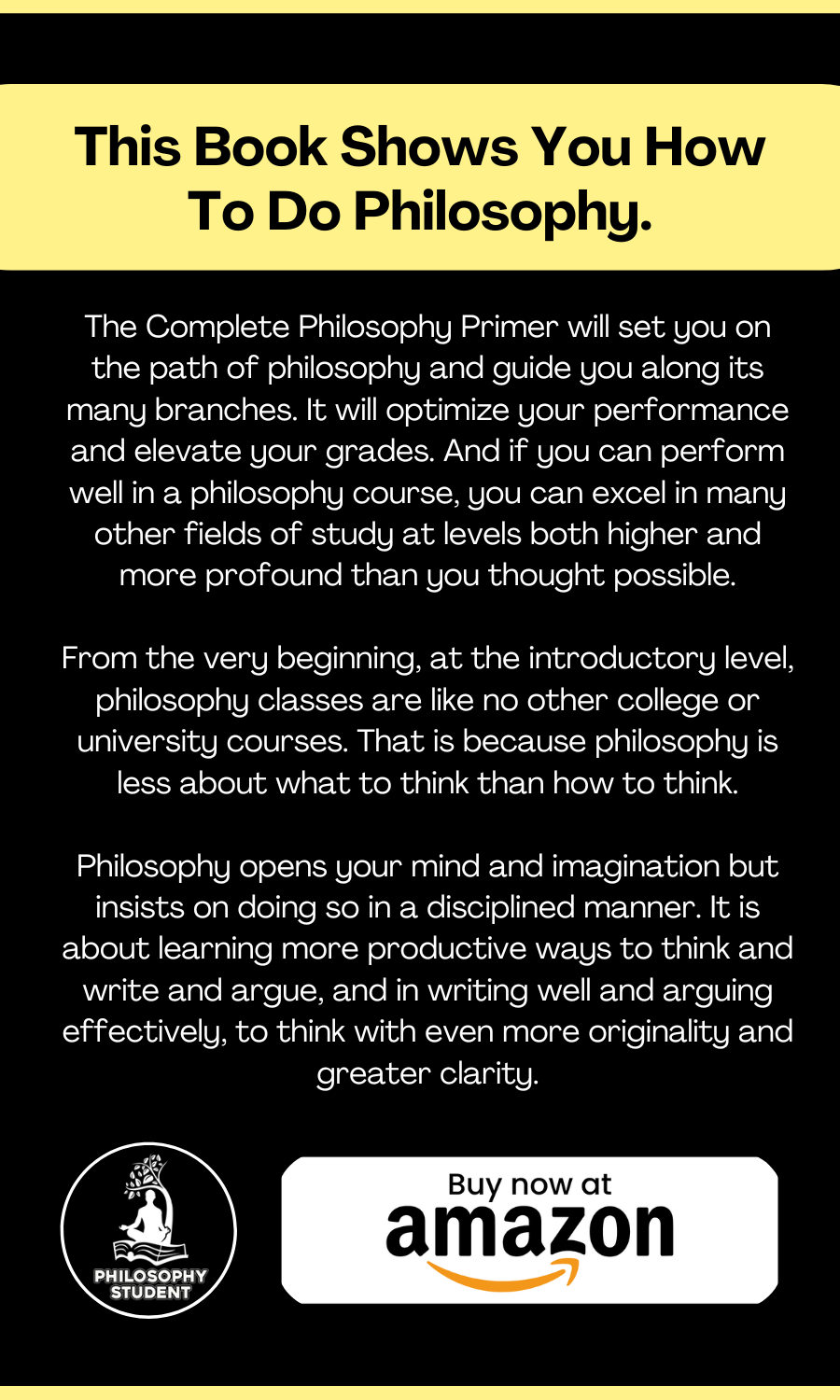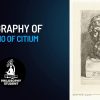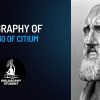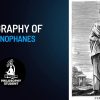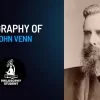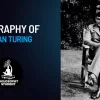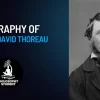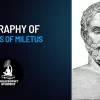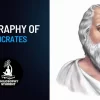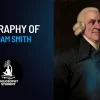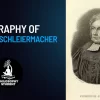There are some fairly firm distinctions between critical thinking and formal (symbolic) logic texts. Whereas critical thinking focuses broadly on argumentation, formal logic is the study of the principles of correct reasoning, including formal proofs. Hence, the focus is on deductive logic. One of the nice features of a critical thinking course is that it can serve as a general introduction to logic, where the two modes of reasoning (inductive and deductive) are surveyed. Critical thinking texts typically include the following material:
- language: definitions and meaning
- argument basics (what constitutes an argument and argument elements);
- distinguishing arguments from non-arguments;
- argument mapping or diagramming;
- inductive and deductive arguments;
- deductive argument evaluation: valid and invalid, sound and unsound;
- counterexamples;
- inductive argument evaluation: strong and weak, cogent and uncogent;
- categorical logic (traditional or Aristotelian, and modern);
- translating from ordinary English into symbolic logic notation for singular statements, including
- propositional logic operators;
- truth tables;
- natural deduction;
- causal and scientific reasoning;
- analogical reasoning;
- informal fallacies.
Most formal logic texts proceed according to the following general structure, whereby propositional (or sentential) logic becomes part of the apparatus for the concluding study of quantifier logic:
- the basics of an argument (what it is, and what constitutes it);
- definitions of validity and invalidity, and soundness and unsoundness;
- translating from ordinary English into symbolic logic notation for singular statements, including propositional logic operators;
- truth tables to define operators;
- truth tables to determine logically possible, self-contradictory, and necessary statements;
- truth tables to determine logical consistency, inconsistency, and equivalence;
- truth tables to determine validity;
- inference rules for derivations;
- equivalence, substitution, or replacement rules;
- translating from ordinary English to quantifier logic notation (monadic, dyadic, and triadic predicates);
- derivation (proof) rules for quantifier logic and quantifier equivalences.




